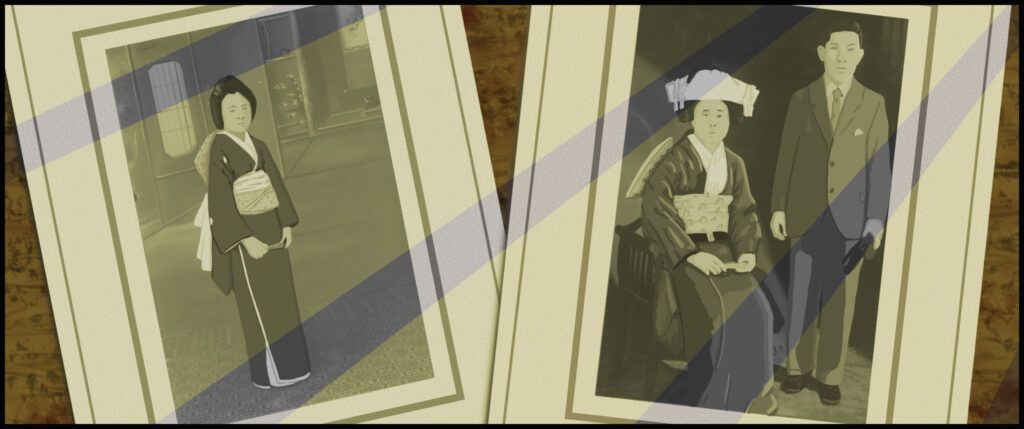
After annexation, when Hawaii came under American law, contract labor immigration ended immediately. Finding themselves unexpectedly free, many Japanese workers left Hawaii in search of "gold-bearing trees" on the American mainland, where working conditions were vastly better. To deal with the exodus of Japanese laborers, the Hawaiian legislature enacted a high business tax on the go-betweens who supplied laborers to the mainland, but even this did not halt the flow of workers out of Hawaii.
Against this background, in 1907 President Theodore Roosevelt issued an executive order 589 on termination of labor migration from Hawaii. Which reads in part;
“I am satisfied that passports issued by the Government of Japan to citizens of that country or Korea and who are laborers, skilled or unskilled, to go to Mexico, to Canada and to Hawaii, are being used for the purpose of enabling the holders thereof to come to the continental territory of the United States to the detriment of labor conditions therein.”
In 1908 the so-called Gentlemen's Agreement was reached to appease anti-Japanese feelings, where the Japanese government agreed to voluntarily restrict emigration to the United States. Following the Gentlemen's Agreement labor immigration was theoretically eliminated. However, since relatives of immigrants were still granted visas, a small number of family members and so-called " picture brides "—women who had agreed to marry male immigrants they had "met" only through the exchange of photographs and whose marriages had been arranged through intermediaries—continued to arrive in the U.S. until the 1924 Immigration Act, when all Japanese immigration was excluded.
In 1918 alone, of the 9,404 infants were born in the Hawaiian Islands, approximately half (4,534) were Japanese. These children were known as Nisei, originating from the Japanese language term for "second generation." The term is generally understood to apply specifically to the American-born—and thus U.S. citizen—children of Japanese immigrants. But the names of the Nisei were also entered into family registers back in Japan, making them dual citizens.
American law required schooling for children, and education was encouraged by Japanese families. Most, if not all Nisei, attended public schools where they were instilled with the American creed of equal opportunity that cut across ethnic differences, the virtues of free enterprise, and the importance of government by the people. And they also attended Japanese Schools where students studied Japanese language, culture, and other subjects from Japan's national curriculum. In this way, the Nisei were molded by both their Japanese culture and heritage as well as American culture. The Nisei were just like any other American youth enjoying sports, hotdogs, and dancing to the modern music, only they went home to eat onigiri and moche.